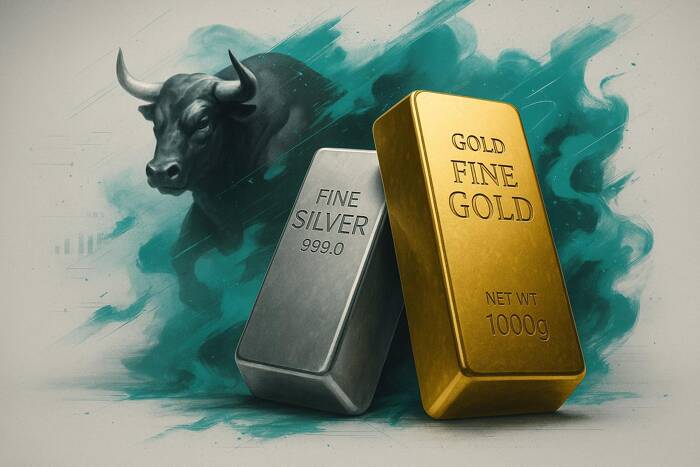The formation of multiple bullish technical patterns since the early 20th century suggests that silver is trading significantly below its historical potential, especially when compared to gold. This underperformance suggests a breakout above $50 could mark a significant turning point in the silver market due to a broader precious metals bull market.
Historically, silver has shown the capacity to outperform gold during explosive bull runs, as seen during institutional accumulation phases in the 1980s. The current technical structure echoes those periods and suggests silver may be poised for a similar long-term move.
Bottom Line
The Federal Reserve now faces its most challenging test in decades. Inflation is rising, growth remains uncertain, and the labour market is showing signs of strain. Meanwhile, gold, silver, and stocks are all climbing, sending conflicting signals. This unusual setup reflects elevated market uncertainty and possible structural imbalances. Investors are turning to hard assets as a precaution against broader economic risks. A misstep in policy this Wednesday could reinforce concerns about stagflation.
Gold and silver remain the key indicators to watch. Both metals are consolidating above the $4,000 and $48 after parabolic gains. A breakout or breakdown from here will likely depend on the Fed’s next move. The recent correction in gold and silver from $4,380 and $54.48, respectively, is mainly due to profit-taking. This pullback appears healthy, and a breakout above these levels could trigger another strong upward surge.
From the previous discussion, the gold market is showing a correction similar to that of October 1979, when prices fell from $444.50 to $365 before surging higher to reach $873 in January 1980. The ongoing economic crisis and unresolved geopolitical conditions indicate that the correction in gold is temporary, and the next move in gold and silver is likely to be to the upside.
